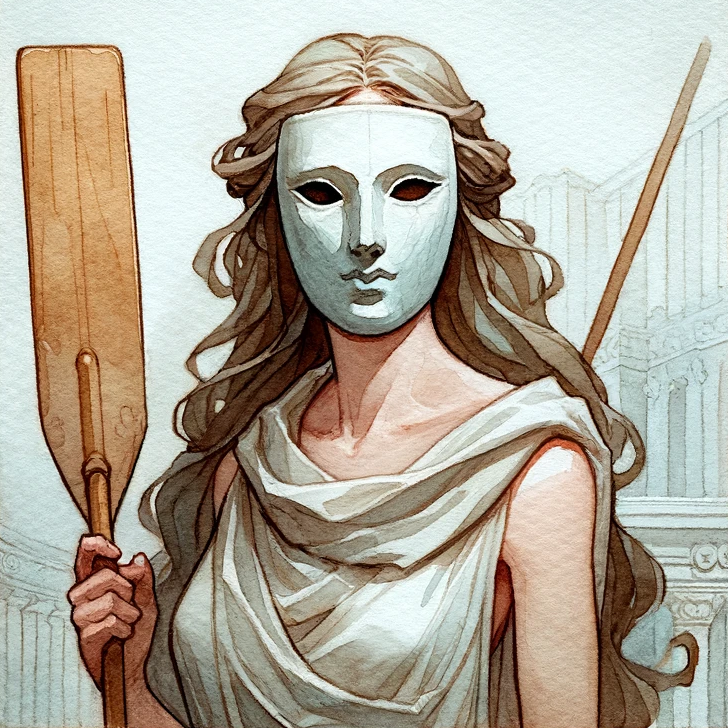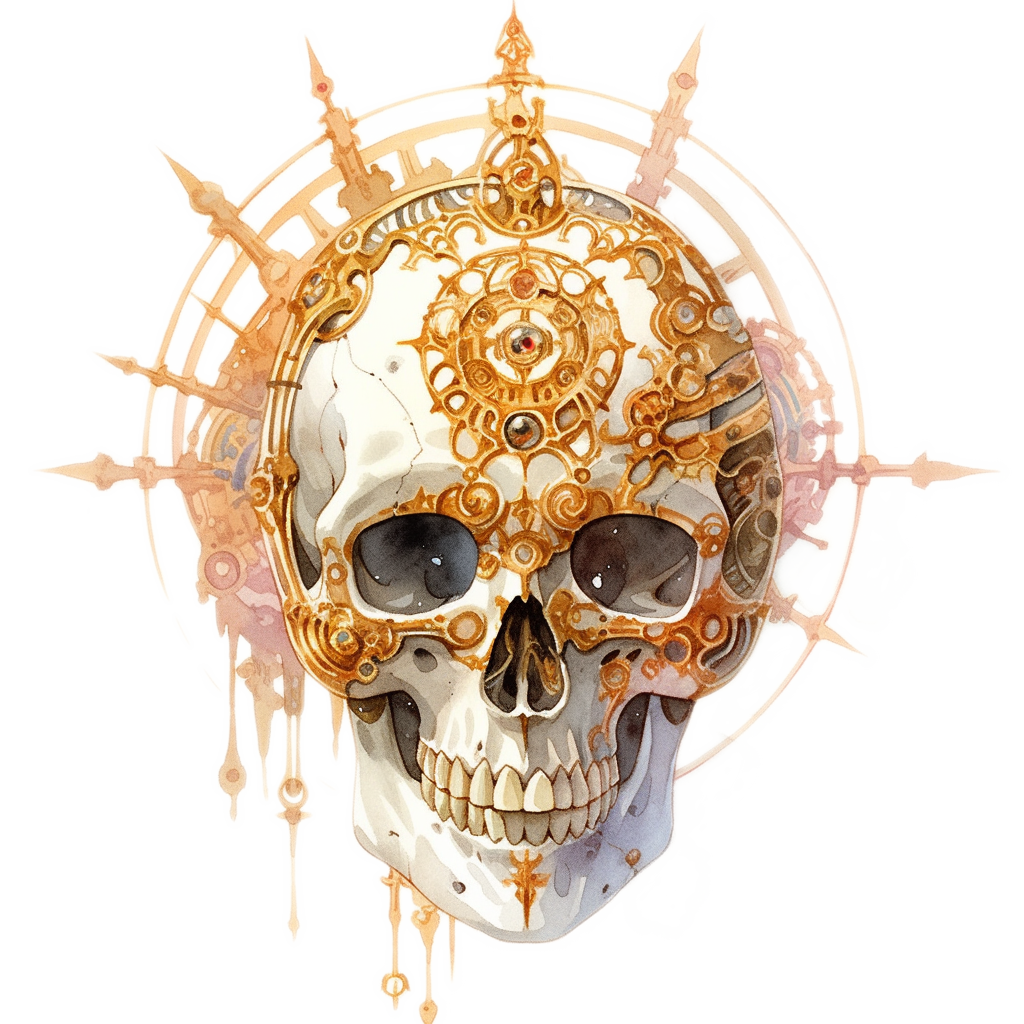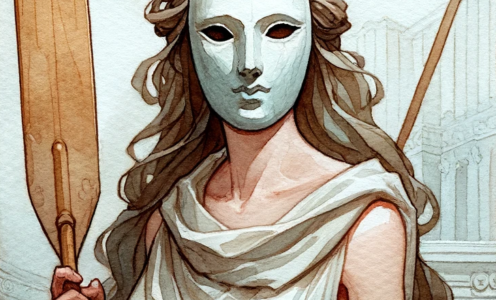[ Psychopomps ] [ What are Psychopomps? | Ecology | Psychopomp Ushers ]
[ Atropos | Barzahk | Ceyannan | Dammar | Imot | Mother Vulture | Mrtyu | Narakaas | Pale Horse | Phlegyas | Saloc | Santa Muerta | Shadix Who Dreams | Teshallas | Vale | Vavaalrav | Vonymos ]
Phlegyas

The Consoler of Atheists (planar psychopomp usher of atheists, legacies, reincarnation [they/them] / N)
Portfolio: Atheists, legacies and reincarnation
Realm: Outlands / Underlands / Anonymous Loggia
Alignment: N
Phlegyas oversees a diverse portfolio of interests, including immortality, creativity, and the complex relationship between mortals and the divine. In life, Phlegyas was an individual of remarkable talent but also of arrogance. Their actions led to expulsion from the church a goddess of beauty, art, and love, due to their blasphemy and pride. Despite efforts by the clergy to erase his legacy, Phlegyas’s name endured, preserved by both admirers and detractors.
Pharasma recognised in Phlegyas a unique form of immortality that is integral to the mortal experience. She elevated Phlegyas to the status of an usher, reincarnating the cutter as a patron of art that outlasts its creator and of those who reject the divine. This role places Phlegyas as a symbol of creation’s endurance beyond the lifespan of its creator, and additionally, as the usher of new parents, particularly those who perish in childbirth. Phlegyas also represents the concept of resonance. The art and creations inspired by Phlegyas can evoke a range of emotions, from pain and horror to beauty and awe.
Over time, Phlegyas’s view of the divine has evolved, shedding much of the earlier resentment. Now, Phlegyas and their servants offer solace to atheists who arrive in the Boneyard. They reserve those godless souls showing potential for training as psychopomps, guiding them in their new roles in the afterlife.
Phlegyas is described as the most human-like among the ushers. They are a tall, broad-shouldered androgynous cutter, donning a simple, plaster domino mask and wielding an oar, symbolic of their role in ferrying those who have rejected the call of the gods.
Their realm, the Anonymous Loggia, is akin to a museum, filled with works by creators long forgotten yet whose creations remain important in mortal cultures. This space serves as a testament to the enduring impact of art and creativity, regardless of the recognition or memory of the artist. It is especially popular with the Athar.
Source: Concordance of Rivals [PF1e] p16
Compiled by: Jon Winter-Holt—drawing heavily from Pathfinder 1e Concordance of Rivals


